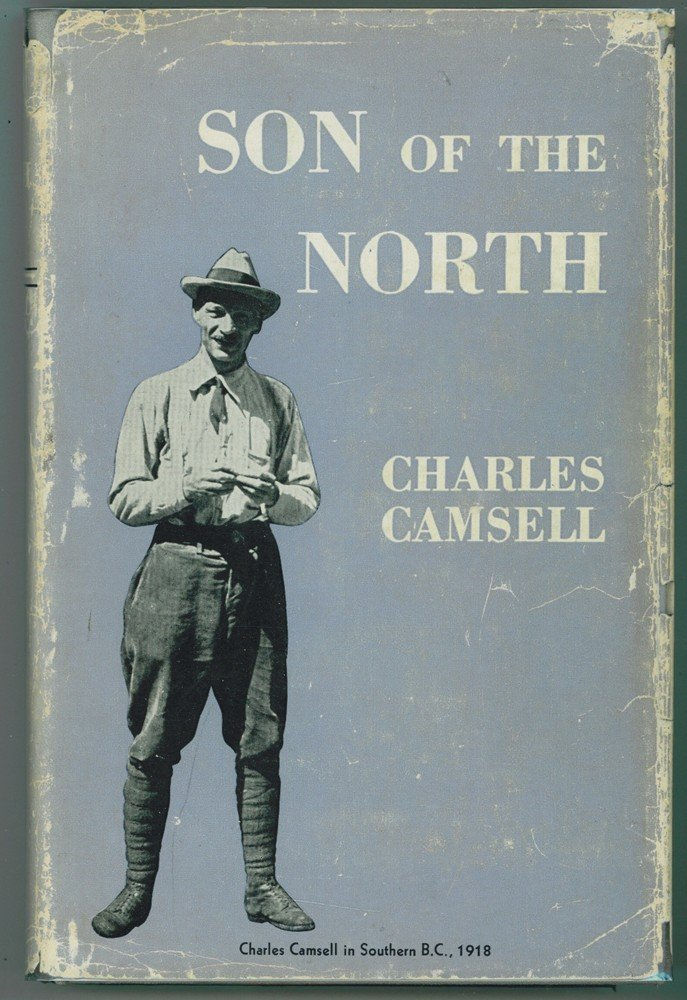Return to the Peel Journal - Day 8
- David McGuffin

- Apr 16, 2019
- 2 min read
July 24, 2018. Still baking hot.

Graham at our hot, shadeless campsite at the junction of the Wind and Peel Rivers. Chapter one of our journey is over. Onto the Peel!
We’ve reached the Peel River! We camped last night in the small canyon where the Wind meets the Peel. It’s hard to miss. It's a T-junction with the Peel running east-west here.
Saw some large, impressive looking grizzly prints near our campsite. But no bears yet!

Grizzly prints at Wind and Peel junction.
Yesterday’s paddle from Hungry Creek, about 30km, was like riding an interstate highway... the river running swift, fairly straight and deep.
It was a nice break from the Formula 1 S-turns and braided channels of the upper Wind. As we left the mountains, the area we paddled through was mostly plains with forests of mixed poplar and black spruce on high earth banks. As we got closer to the Peel we were greeted by high salmon colored cliffs.

Camsell's map and our route over the next few days.
Before reaching the Peel we passed the site of Wind City, which had a moment in the mad rush of prospectors trying to reach the Klondike goldfields. According to Charles Camsell’s 1905 Survey notes: “In the fall of 1898 about 90 persons who followed this route found themselves compelled to winter on the Peel River. Most of them managed to get as far north as the Wind where they built cabins and spent the winter. A cluster of deserted cabins remain, which stands a few miles up the Wind River and is called Wind City.”
No site of the cabins today. They’ve been long since swept away by spring floods. The Gwich’in told the prospectors to drink spruce tea, which helped them survive the winter. Still many succumbed to scurvy and some died. In the spring most gave up. Only two of the prospectors successfully got to Dawson by the Bonnet Plume pass and the Stewart River.
But they arrived too late to stake claims.

In his memoir, “Son of the North” Camsell notes how the Gwich’in saved Wind City prospector George Mitchell:
“Mitchell broke his leg during the winter, but an excellent job of surgery was done on it by a Loucheoux (Gwich’in) Indian woman who used pegs of caribou bone to join the fracture. He was nursed to convalescence by the Indians.” And he only complained of a bit of stiffness later. Impressive Gwich'in orthopedic surgery carried out in the bush.

Terry as we approach the Peel River.
Today we head east to the Peel River canyon. While we didn’t find gold on the Wind, we are tripping over coal today. It’s lying around everywhere on the banks. This part of the Peel is sitting on a 600 million ton coal seam. Luckily for the natural state of the river, it is in too remote a location, and coal prices are too low, for anyone to consider mining it.
In 1905, Camsell noted burning beds of coal along the Peel, opposite the mouth of Mountain creek. He also noted something else ahead: a sulphur spring in a creek just above Snake River! We could all use a
good hot soak after days of hard paddling and sleeping on gravel beds!









Comments